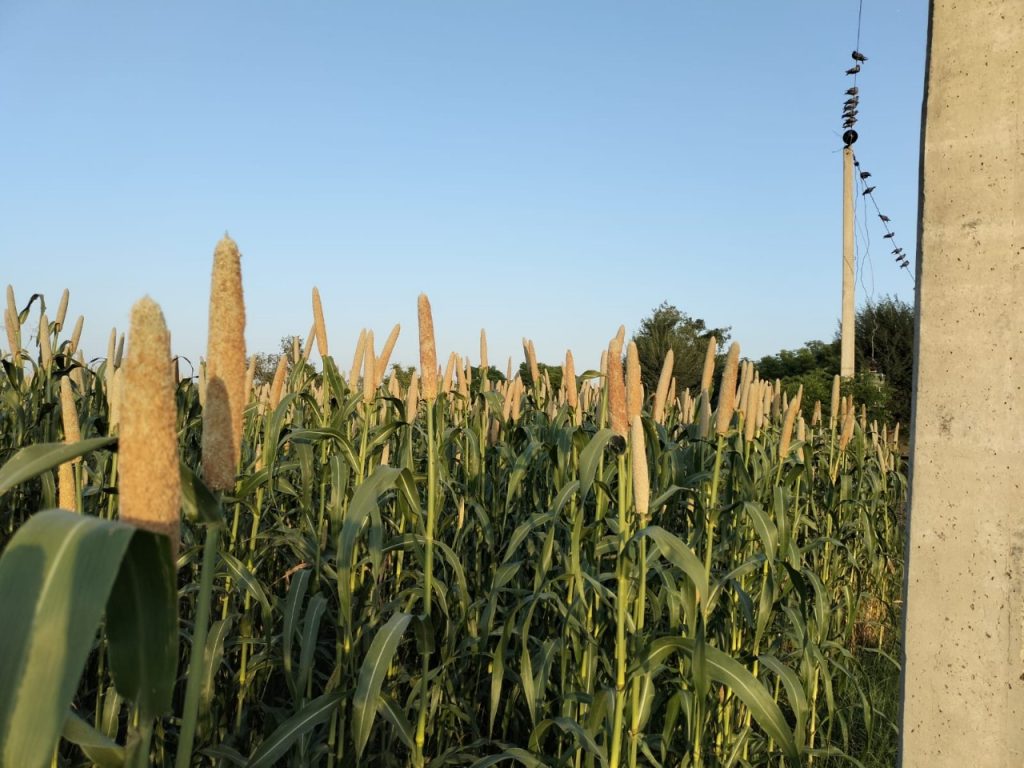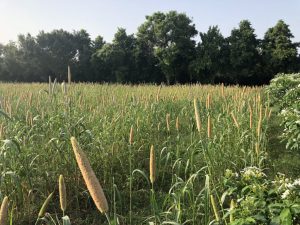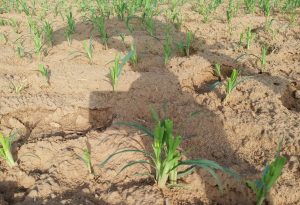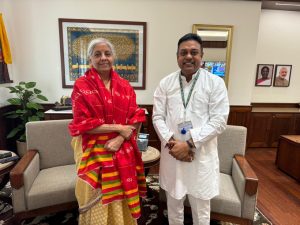India eyes $12 billion millets opportunity

By Shubham Kumar
New Delhi, September 10: India has begun fast-tracking the mainstreaming of millets in the world food basket amid rising foodgrain crisis in various parts of the world.
India is now the fifth largest exporter of millets foodgrain in the world. India is bracing up to seize the growing world millets market.
Prime Minister Narendra Modi, in his address from the ramparts of the Red Fort, asserted that millets are part of rich Indian heritage and is symbolic of the Indian harmony with nature and the indigenous compatibility of living with the nature.
Modi, in his last ‘Mann Ki Baat’ address, stressed on the multi-nutritional traits of millets. He has periodically underlined the multiple diversities co-existing in the Indian subcontinent.
Seasonal climatic variations and consequential regional cropping adaptations render homogenous monocropping as unfeasible for a large part of India’s agricultural fields.
In this year’s Union Budget, Finance Minister Nirmala Sitharaman had declared this year as ‘Year of Millets’. India, further, sponsored a resolution in UNGA (April 2021) which declared 2023 as ‘International Year of Millets’.

Millets have been one of the oldest cultivated grains of the world. ‘Bajre ki Roti’ or black pearl millet flatbread is common in Gujarat and Rajasthan. Several variations of millet known as bajra or pearl millet and jowar or sorghum millet are common in Indian households. Their nutritional values have enabled them earning the tag of ‘superfood’.
Modernity and its manifold implications on lifestyles have, however, brought a homogenising change on food habits of habitations globally.
Unfortunately, the advancing urban notions have overemphasised rice and wheat for masses while reserving their processed manifests for rising middle classes. The recent global debate on sustainability has initiated a reversal in these presumptions. Experts have pointed that millets take 200 litres of water for a produce of one kilogram while similar quantity of rice would demand a whopping 2000 litres of water.
Interestingly, a gigantic 80 per cent of water requirements for agriculture in India are met by already deteriorating freshwater resources. Ashok Gulati, a noted agricultural economist, associates homogenised cropping to sharp depletion in water tables and detrimental emissions of methane and nitrous oxide.
Centre for study of Science, Technology and Policy reports that switching from water-intensive crops to crops like millets would save around 50 million tons of greenhouse gas emissions by 2050.
While ecological drawbacks of rampant homogenisation in agriculture seem to emerge from last quarters of 20th century, the current geopolitical realities manifesting as conflict in Ukraine and unprecedented climatic upheavals call for urgent rework on our agricultural systems.

Collectively, Russia and Ukraine account for nearly a third of world’s wheat and barley. The U.N. Food and Agriculture Organisation estimated that the conflict could endanger the food security of 181 million people globally in around 41 countries. Climatic variations, too, have been unprecedented.
While a large part of India’s Eastern regions experienced a rain deficit, Pakistan is facing floods of detrimental magnitude. In an interview to CGTN, the Pakistani foreign minister rang the alarm bells by stating that 80 to 90 percentage of country’s crop has been damaged.
India has been witnessing a timely upsurge in its engagement with millets. Millets have been traditionally labelled as ‘coarse grains’ and henceforth have a stigma attached with them. The Government of India, in 2018, labelled millets as ‘nutri-cereals’.
Dr Shobhana Patnaik, former secretary in Department of Agriculture, Cooperation and Farmer’s Welfare at Ministry of Agriculture was instrumental in initiating the change.
In a telephonic conversation, Patnaik termed millets as ‘climate-smart crops’, while stressing on the positive mainstreaming of millets in health-conscious urban middle class.
Millet flour offer 30 per cent more dietary fiber and four per cent more protein as compared to wheat flour.
India is proudly the leader in millet production with a global share of nearly 40 per cent. It sits as the fifth largest exporter of millets in the world. The exports have impressively shown a CAGR of three per cent as per GOI’s Department of Commerce.
Nepal, UAE and Saudi Arab have been the top importer of Indian millets whereas the global list of top importers features countries like Indonesia, Belgium, Mexico and Italy. Upgradation of trade ties with these countries and respective regions are critical to India’s global ambitions.
World Food Market present a comprehensive opportunity to India. Millets can be projected as the ‘organic superfood’ to global agriculture market.
The Union Minister for Finance in the recent budget has called for enhancement of production and branding of millet products. Agricultural and Processed Food Products Export Development Authority has organised virtual trade fairs and has initiated 16 programs for promotion of millets and value addition. Various reports have stated that in answering calls for crop diversification, millets offer a viable alternative to vast regions of Africa and Asia.
To the push towards of ‘more crop, per drop’, millets offer a warranted respite to stressed water resources. Nutritional values of millets have been underlined recently in the Union Government’s suggestion to states to provide millets in midday meals to children. Not only this, but millet markets have also been projected to grow to $12 billion in 2025.
(Author is an Intern with Public Policy Research Centre)







